With the aging of the population, the improvement of national health awareness, and the implementation of new medical reform policies, electronic medical devices have emerged in recent years, and the growth space is very impressive. This has also driven demand for MCU and other chips.
The MCU can fully meet the needs of most electronic medical devices. In addition, the latest MCUs can integrate most of the functions in a single chip, which is important for reducing the overall size and BOM cost of electronic medical devices. It can be said that the MCU directly determines the overall performance of the device. In view of this, Xiao Bian specifically integrated 10 mainstream wearable medical MCUs (in no particular order).
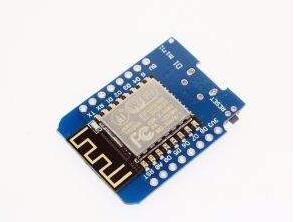
Texas Instruments is committed to revolutionizing the future of medical electronics to improve the quality and ease of use of medical devices. TI is working hard to advance innovation in innovative medical electronic devices, continuously improving flexibility and ease of use, and working to reduce costs
The TI MSP430FG47x ultra-low-power microprocessor (MCU) product family meets the needs of engineers for MCUs that deliver low power, high performance, and targeted peripheral integration to help them develop reliability quickly and efficiently. Medical equipment with advantages such as convenience, convenience, and low cost. The FG47x MCUs enable on-chip integration of the complete signal chain, which not only reduces design complexity but also significantly saves space and cost. These devices will help developers to improve the quality of medical services and product ease of use, to meet the needs of a variety of products such as blood glucose meters, digital body surface, pulse oximetry, and blood pressure / heart rate monitors.
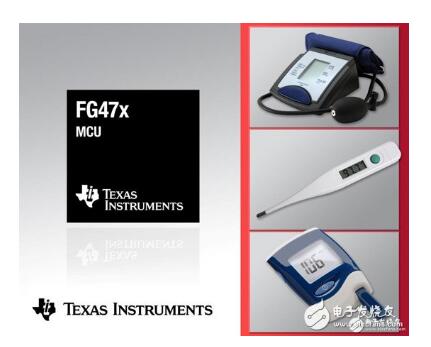
Silicon Labs is very optimistic about the broad market prospects of the Internet of Things. This is Silicon Labs's area of ​​excellence; and there is a series of high-quality products for wearable devices and smart homes. At the end of last year, a new SoC was introduced. It will have ultra-low power consumption, support and integrate Zigbee, Bluetooth and other protocol standards, and is very suitable for applications such as wearable medical devices.
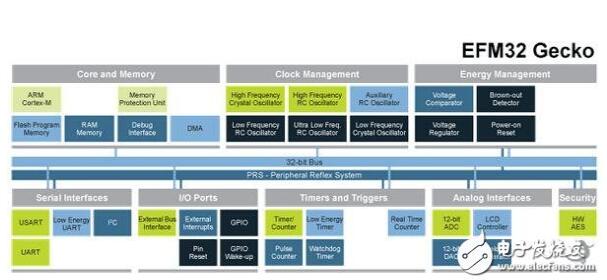
This year, ST released a new series of 32-bit general-purpose microcontroller products that will significantly extend the battery life of healthcare equipment. The STM32L0 ultra-low power family of microcontrollers is based on a 32MHz ARM Cortex M0+ processor core with a 12-bit analog-to-digital converter (ADC) and a USB FS 2.0 crystalless solution.
The new series of STM32 microcontrollers enables customers to achieve unprecedented low power consumption, integrate an energy-efficient ARM Cortex-M0+ core, optimized architecture, power management modes, ultra-low power peripherals, support for energy-efficient USB functions, and unique ultra Low-power manufacturing process.
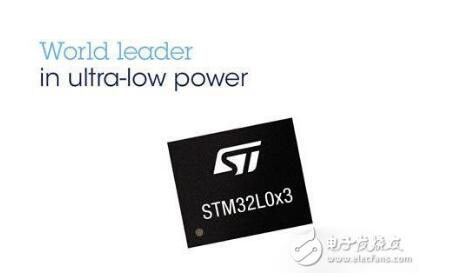
As a representative of electronic medical products, blood pressure monitors have rapidly spread in many homes in recent years. With the widespread adoption of upper arm blood pressure monitors, the demand for wrist blood pressure monitors that can be easily measured has increased. The miniaturization of the devices and the longevity of the batteries have become particularly necessary. In addition, in order to share the measurement data and where data can be recalled, it is necessary to strengthen the communication functions used by computers or mobile phones and USB/Bluetooth to develop to the pan-network society.
According to the longevity of the battery, or the miniaturization of the device can reduce the number of required batteries, it requires low power consumption. Renesas has a rich MCU product line, among which, the R8CLx has an 8-bit MCU with a low-power LCD, and the R8C/Lx series has a built-in LCD driver control circuit. It inherits many of the peripheral functions of the R8C/3x family (such as the multi-function timer and various communication functions) and the easy-to-use LCD driver control circuit in the 38000/740 and H8/300L ultra-low-power series.
The 78K0R/LX3 microcontroller is a 16-bit microcontroller microcontroller. It includes 78K0R CPU core and peripheral functions such as ROM/RAM, LCD controller/driver, A/D, D/A converter, operational amplifier, multi-function serial interface, multi-function timer, real-time counter, and watch Door dog timer.
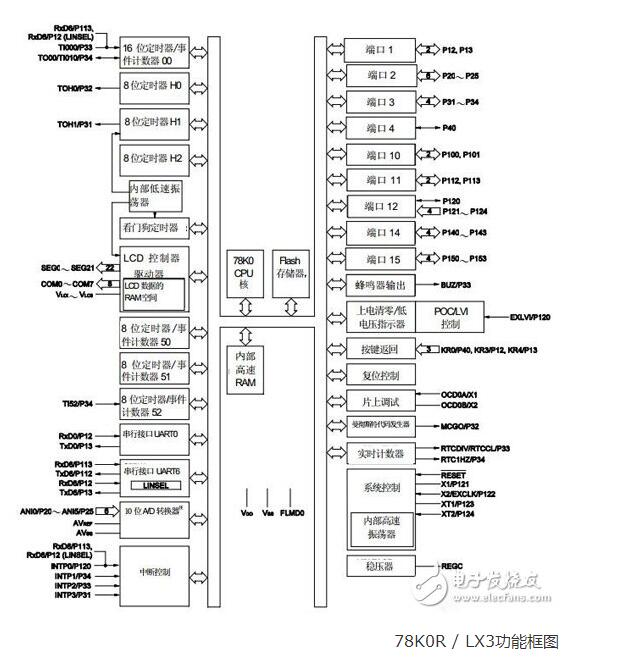
Both MCUs have built-in LCD drive control circuitry that enables low power consumption and includes the peripheral functions required by the blood pressure monitor, reducing the external components of traditional blood pressure monitors and further reducing design costs.
Six, ADI wearable wireless ECG monitor precision analog MCUConventional ECG monitors usually need to carry a recording monitor with them, placed in the pocket near the patient's neck or wrist, and the noise and interference of the wireless ECG monitor are greatly reduced, and the size can be reduced even to the back of the electrode. Provides more accurate signals than traditional solutions. This circuit is inexpensive and can provide diagnostic quality 1-lead ECG traces that drive the legs away from the need for 60 Hz notch filters. All circuits can be worn in clothing, so patient comfort and privacy are greatly improved.
ADI's precision analog MCU, the ADuC7026, integrates a 1 MSPS, 12-bit, multi-channel high-performance ADC data acquisition system and 16/32-bit MCU and Flash/EE memory in a single chip. Among them, the ADC has up to 12 single-ended input channels, in addition there are 4 ADC input channels can also be multiplexed with 4 DAC output pins; MCU core is ARM7TDMI, it is a 16-bit / 32-bit RISC machine, Its peak performance is as high as 41 MIPS. On-chip 8KB SRAM and 62KB nonvolatile Flash/EE memory are integrated. Low power consumption, high integration and other features make the ADuC7026 high-precision MCU very suitable as the control center of the wireless ECG monitor.

The wearable wireless patch is an integrated monitoring tool that measures heart rate, breathing patterns and other vital signs. The patch is suitable for clinical and personal healthcare applications. Patch-type healthcare products can increase patient mobility and comfort, and can wirelessly upload vital signs data to the cloud for real-time analysis or long-term preservation of records. Freescale offers a wide range of low-power, low-cost MCU solutions for this application:
The Kinetis KL1x family of ARM Cortex-M0+ MCUs offers ultra-low power performance and is equipped with a rich set of analog, communications, timing and control peripherals, and is compatible with the Kinetis K10 MCU family based on the ARM CortexTM-M4 core.
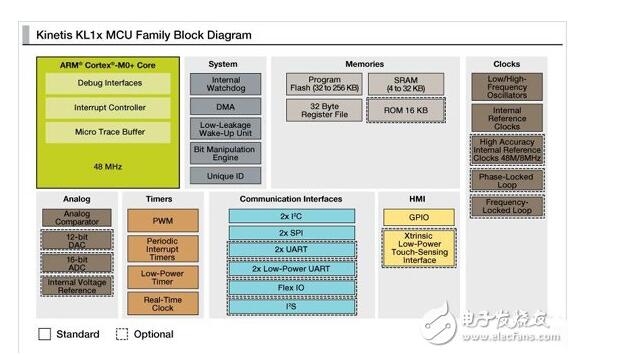
Kinetis K50 ARM Cortex-M4 microcontroller with integrated analog front end. The K50 microcontroller has an ultra-low power design and integrates important peripherals such as capacitive touch sensing hardware to meet the various requirements of healthcare equipment. In addition to these features, the device also integrates a high-performance, 32-bit ARM Cortex-M4 CPU supporting DSP instructions and industry-standard stan- dards, and is part of a family of devices with 32- to 1-MB integrated flash memory.
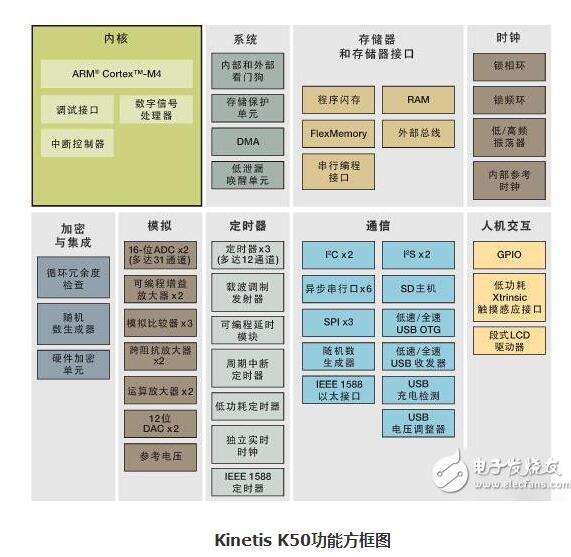
The vital signs monitoring service (Fit) enables the professional medical staff and users who are eager to understand their own health status to frequently monitor the various physical indicators at a low cost. The highly integrated guardianship design can be used to measure three-lead electrocardiogram (ECG), body temperature, and motion status. All diagnostic tools are integrated inside the shirt and do not affect wearing comfort.
The new intelligent guardian suit integrates dry electrode ECG measurement technology, sophisticated signal processing technology, temperature sensor, motion sensor, ultra-low-power microcontroller and wireless communication unit. It is the experience of three companies: Maxim Integrated, Clearbridge VitalSigns and Orbital Research. The results of active cooperation between technology, innovation, and technology.
Among them, the MAXQ622, a 16-bit MCU with infrared module and USB function introduced by Maxim, includes low power consumption, high throughput, 16-bit RISC architecture, 128KB flash memory and 6KB data SRAM, and ultra-low power stop mode (0.3μA, typical). In this mode, only a few circuits remain powered. The wake-up sources include external interrupts, power-fail interrupts, and timer interrupts. The microcontroller operates from a 1.70V to 3.6V wide operating voltage range and can also be powered via USB.
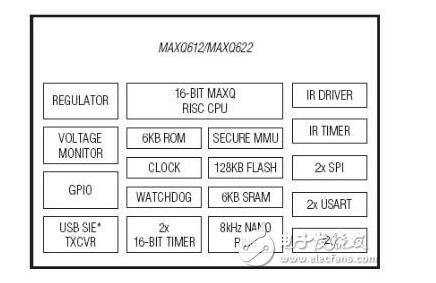
MAXQ622 Schematic
X. Mircochip's MCU for Electro-Ion Infiltration into Patch DevicesNicotine patches and anti-halation patches are wearable products that are familiar to the general public. These products lay the foundation for a new generation of electronic products. Among them, the ion-implantation patch is an emerging application in a new generation of electronic products.
With the development of electronic technologies and low-cost, high-performance MCUs, it has become possible to produce low-cost disposable drug dispensers; many consumers have used self-service iontophoresis products, but designers are designing iontophoresis patches. There are many challenges when it comes to equipment. Among them, the biggest challenge is to make key electronic components into wearable components, which may be discarded after being used once. Therefore, the patch electronic components must be quite cheap.
The device must generate sufficient voltage and maintain the current required to inject a specific dose for a specified period of time before the drug can be injected through the skin. The boost regulator is used to raise the battery's low voltage to a sufficient level to allow the desired current to pass through the skin. The electronic patch element can be powered using a low cost lithium coin cell battery or an alkaline battery. To meet both cost and functional requirements, a compact and highly integrated MCU is required.
Microchip's 8-bit MCU, the PIC12F1822, is available for this device. It has an internal 10-bit ADC, fixed reference voltage, comparator, PWM, hardware timer, and EEPROM to meet design integration requirements. A fixed reference voltage eliminates the need for a voltage regulator or an external reference voltage source and keeps the design in the 8-pin MCU category to reduce cost and board size.
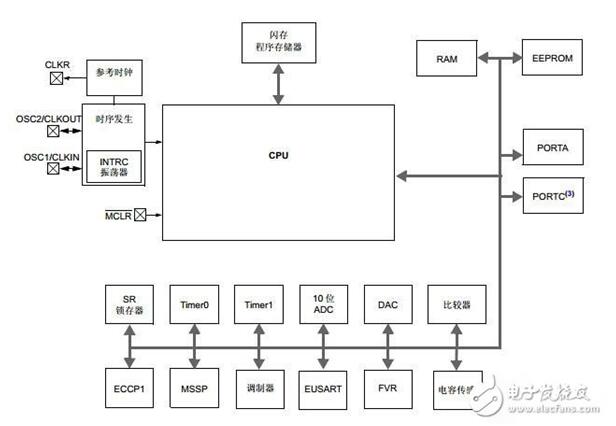
Spherical Lens include plano convex lens, plano concave lens, double convex lens, double concave lens, achromatic lens, Ball Lens. Zoolied's Spherical Lens material range from BK7, Fused silica ( JGS1, JGS2, JGS3), Corning series, and other optical glasss. Infared Optical material such as Ge, Si, ZnSe, ZnS, CaF2, BaF2, MgF2 are also available here.
Spherical Lens,Plano Convex Lens,Double Convex Lens,Lens With Ar Coating
Zoolied Inc. , https://www.zoolied.com